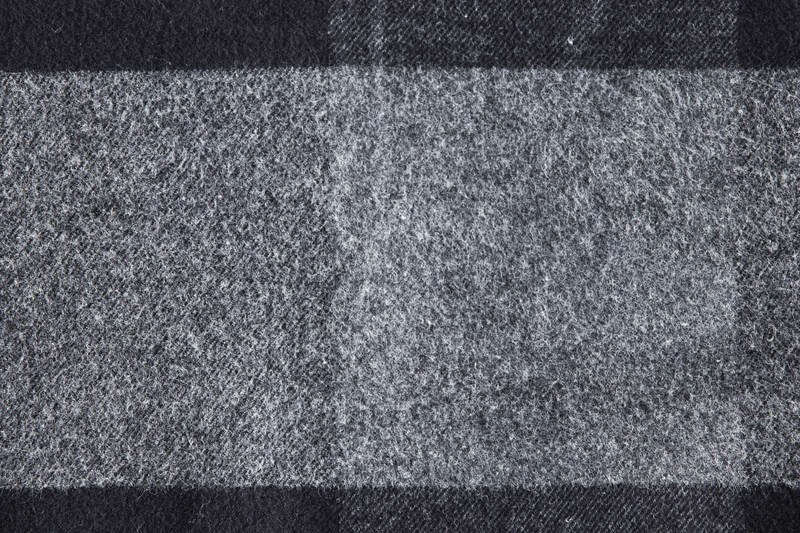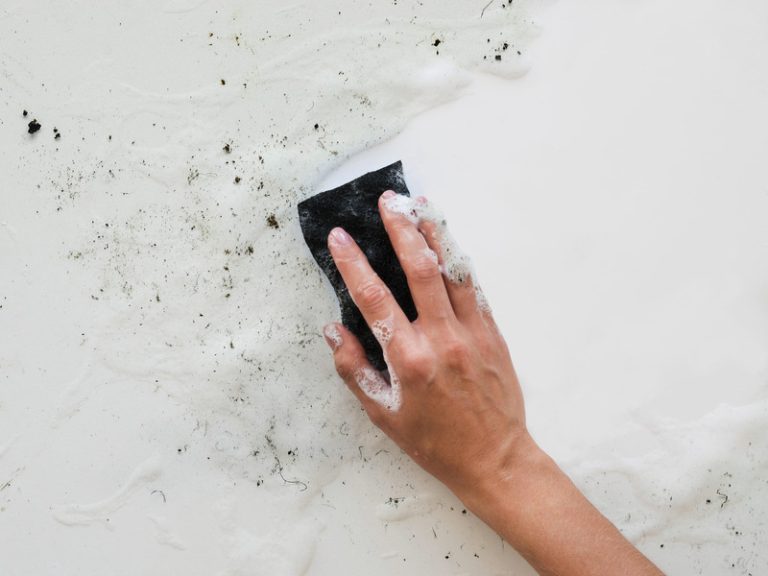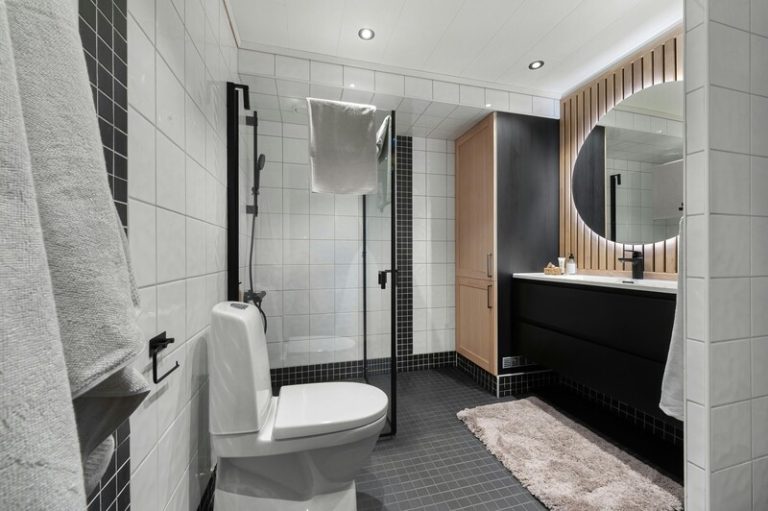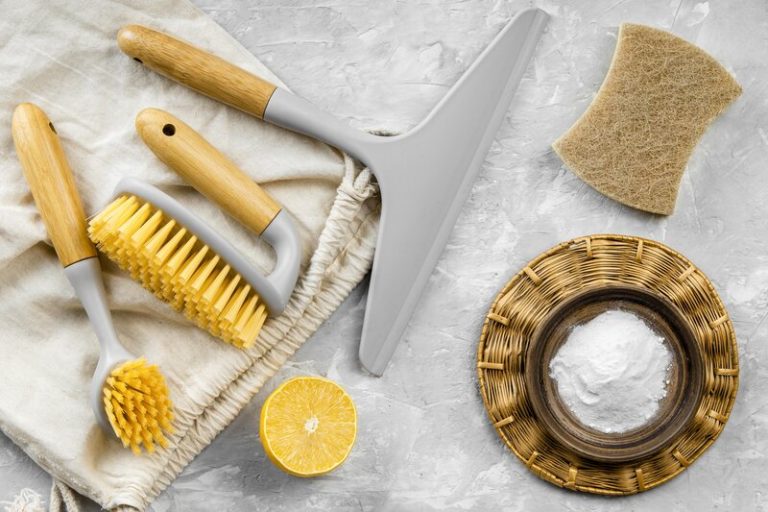Wondering is carpet stain resistant and how effective stain-resistant carpets really are? For homeowners dealing with spills and heavy foot traffic, choosing a carpet that repels stains can simplify upkeep and preserve your flooring’s look.
In this guide, we’ll explore the benefits of stain-resistant carpets, the types available, and how their protective technologies work. Additionally, you’ll find useful maintenance tips to maximise your carpet’s lifespan and keep it looking fresh, even in the busiest parts of your home.
Get ready to discover a practical solution to maintaining cleaner, worry-free floors!
Understanding Stain Resistance in Carpets
Stain resistance in carpets refers to the material’s ability to resist staining when liquids or dirt come into contact with it. Stain-resistant carpets are often treated with a special chemical coating during manufacturing that allows the fibres to repel liquids and prevent deep-seated stains from setting in. However, no carpet is entirely immune to stains, and their resistance can vary depending on the carpet type and quality.
Types of Stain-Resistant Carpets
Several types of stain-proof carpets are popular in the market today. Each comes with different materials, treatments, and characteristics that influence how well it resists stains.
a. Nylon Carpets
Nylon carpets are a popular choice for stain resistance due to their durability and resilience. Often treated with specialized stain protectants, these carpets enhance their ability to withstand spills and messes.
While nylon itself isn’t naturally stain-proof, the protective treatments significantly improve its resistance to everyday stains, prompting many to wonder, “Is carpet stain resistant?” This combination of durability and effective treatment makes nylon a reliable option for busy households.
b. Polyester Carpets
Polyester carpets are well-known for their natural resistance to water-based stains, making them ideal for homes where spills are common. Although they may not match nylon in durability, polyester performs commendably in resisting everyday messes, from juice to mud.
This fiber is also more affordable, allowing homeowners to achieve a balance between stain resistance and budget, making it a popular choice for families and pet owners alike.
c. Solution-Dyed Carpets
Solution-dyed carpets, made from materials like olefin or polypropylene, feature a unique dyeing process that penetrates the fibers completely. This results in carpets that are more resistant to both fading and stains.
Because of their construction, solution-dyed carpets maintain their vibrant colors even in high-traffic areas or sunlit rooms, ensuring they look great over time. Their inherent stain resistance makes them particularly suitable for environments where spills and accidents are common.
d. Wool Carpets
Wool carpets, while being a natural option, possess some inherent stain-resistant qualities due to a protective waxy layer on their fibers. This natural barrier helps resist liquid spills to a certain extent, though wool can absorb some stains more readily than synthetic options.
Despite this, wool offers a luxurious feel and excellent insulation, making it a favorite among homeowners who prioritize comfort and eco-friendliness while still wanting some level of stain protection.
How Stain-Proof Carpets Work
Stain-proof carpets are either chemically treated or made from inherently stain-resistant materials. For treated carpets, the fibres are coated with stain-blocking agents, which help repel liquids and prevent stains from penetrating the carpet. These treatments can be long-lasting but may gradually wear off over time, depending on the level of foot traffic and cleaning frequency.
Inherently stain-resistant carpets, such as those made from solution-dyed polyester or olefin, naturally repel most liquids, helping to prevent stains without additional chemical treatments.
The Limitations of Stain Resistance
While stain-resistant carpets offer added protection, they are not entirely immune to staining. Here are some limitations to consider:
a. Duration of Exposure
Even the best stain-resistant carpets can succumb to stains if spills are left unattended for too long. Prolonged exposure can penetrate the fibers, making immediate cleaning crucial. Homeowners often wonder, “Is carpet stain resistant?” and the answer depends significantly on timely intervention.
b. Types of Stains
Stain-resistant carpets excel against water-based spills but may struggle with oil-based stains. Understanding this limitation is vital for effective cleaning. Different stains require tailored approaches to maintain the carpet’s protective qualities and ensure longevity.
c. Wear and Tear
Over time, heavy foot traffic can wear down the protective coatings on stain-resistant carpets. As the protective barrier diminishes, the carpet’s ability to repel stains decreases. Regular maintenance and periodic treatments are essential to keep your carpets looking their best and preserve their stain resistance.
Choosing the Right Stain-Resistant Carpet
When it comes to selecting a stain-resistant carpet, it’s essential to evaluate both the location and potential stains you might face. For high-traffic areas such as hallways or living rooms, durable options like nylon or solution-dyed carpets are ideal, as they can withstand heavy use while still answering the question, “Is carpet stain resistant?”
Conversely, for low-traffic spaces like bedrooms, more luxurious materials such as wool offer comfort and style without compromising on stain resistance. Tailoring your choice to specific needs ensures lasting beauty and functionality.
Tips for Maintaining Stain-Resistant Carpets
Even the best stain-proof carpets require proper care to maintain their appearance and prolong their lifespan. Here are some maintenance tips:
a. Regular Vacuuming
Vacuuming your carpets at least once a week is crucial for preventing dirt from settling into the fibers. Regular cleaning helps avoid potential stains, ensuring your carpet looks its best.
Many homeowners wonder, “Is carpet stain resistant?” while forgetting that consistent upkeep is key to maintaining their protective features.
b. Immediate Spot Cleaning
Acting quickly when spills occur can significantly reduce the risk of stains. Blot the affected area gently instead of scrubbing, as excessive friction may damage the fibers.
This prompt attention helps prevent liquids from seeping deeper into the carpet, allowing the stain-resistant qualities to work effectively.
c. Use of Carpet Protectants
To keep your stain-resistant carpets performing at their best, consider reapplying protective treatments, especially in high-traffic zones. This proactive measure helps maintain their ability to repel stains and prolongs the life of your carpets, ensuring they remain beautiful and functional for years to come.
In conclusion, understanding is carpet stain resistant helps you make informed decisions when selecting flooring for your home. While stain-resistant carpets offer many advantages, regular maintenance is essential to keep them looking their best. Instead of tackling tough stains alone, consider professional help to ensure thorough cleaning and care.
For a truly deep clean, reach out to TEKA Cleaning at 01223 751 544. Our expert carpet cleaning services not only remove stubborn stains but also enhance the longevity of your carpets.
Don’t wait until those marks become permanent, contact TEKA Cleaning today for a cleaner, fresher home!
Read also:











